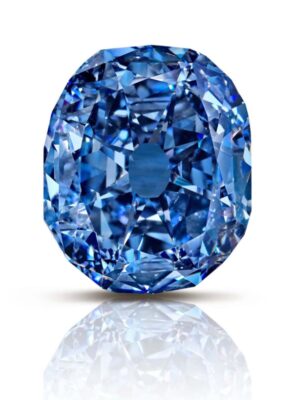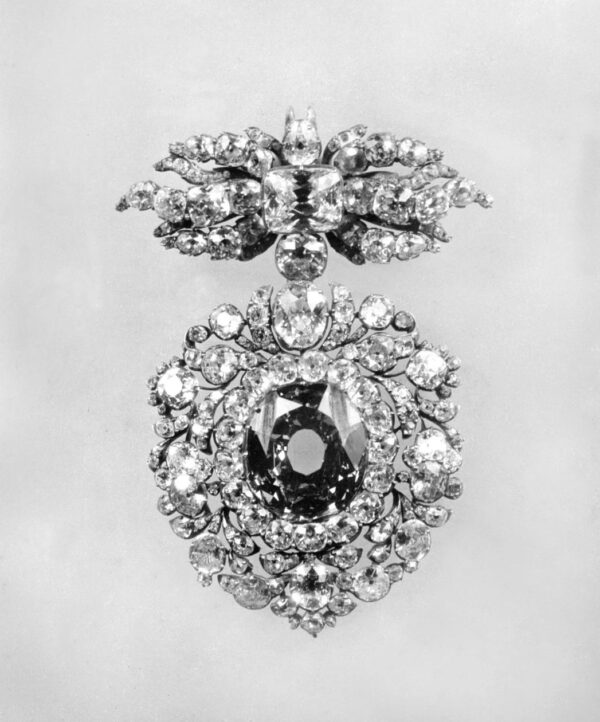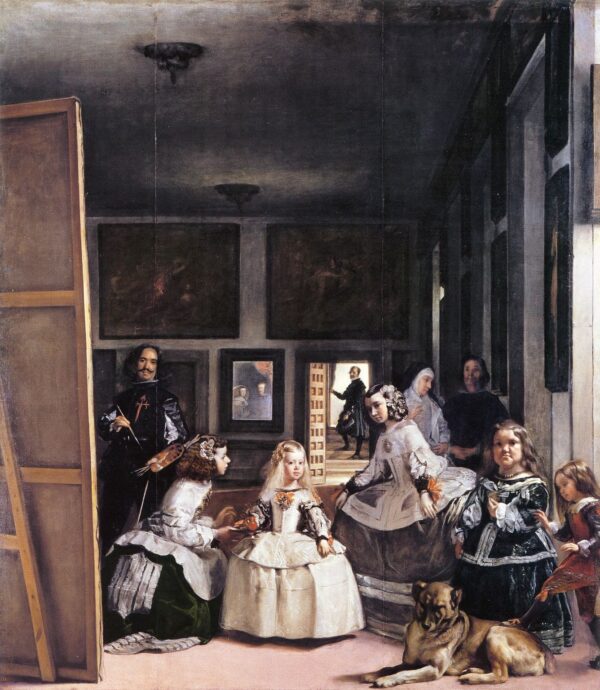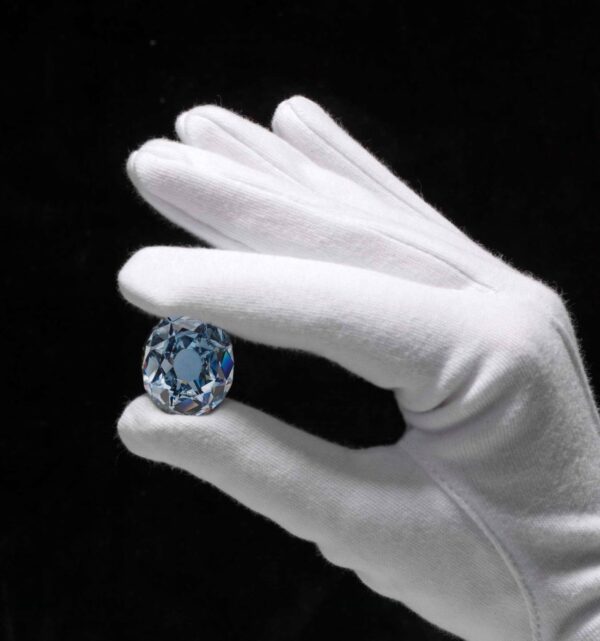The Wittelsbach-Graff Diamond – By Rui Galopim de Carvalho

Source : Rui Galopim de Carvalho Linkedin
The Wittelsbach-Graff Diamond was first reported in the 1600s and was possibly found in the Kollur area of Golconda, India. This rare type IIb (boron-bearing) blue diamond was given as a dowery present by Phillipe IV of Spain to his daughter Infanta Margaret Theresa (here on Velasquez’s “Las Meninas” at the Museo Nacional del Prado upon her marriage to Leopold I of Austria). It was passed on to the House of Bavaria, the Wittelsbachs, in 1722, hence its name. With an original cut weight of 35.56 ct, it was sold in 1931 at Christie’s in a sale of important jewellery from the Bavarian Crown Jewels and resurfaced in the 1950s. In 2008, it was presented at Christie’s London as a Fancy Deep greyish blue, VS1 clarity diamond as seen being hold here by white-gloved fingers. It was then acquired by Graff for ca. US$24.3 million, then a record for any diamond at auction. In 2010 Graff made a rather bold, some say controversial, decision to re-polish the stone to improve its clarity and colour. The process reduced its weight in 4.52 ct to 31.06 ct, improving significantly its colour grade to Fancy Deep blue and the clarity grade to Internally Flawless, demonstrating that in fancy-coloured diamonds cut is critical for the face-up colour and, therefore, the colour grade.
As said, the re-cut of the diamond created quite a stir, with some against and some for, and there are interesting and valid arguments in both sides of the discussion.
Photos Associated Press/Smithsonian Institution, Museum of Natural History and Christie’s











